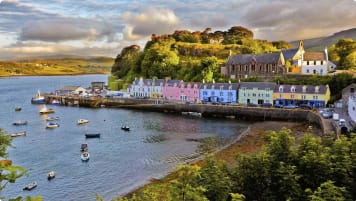Stevenson Family Lighthouse Engineers of Scotland
Article about the generations of Stevenson's building lighthouses along the islands of Scotland and the Scottish coast.An Antipodean travel company serving World Travellers since 1983 with small group educational tours for senior couples and mature solo travellers.
8 Feb 22 · 13 mins read
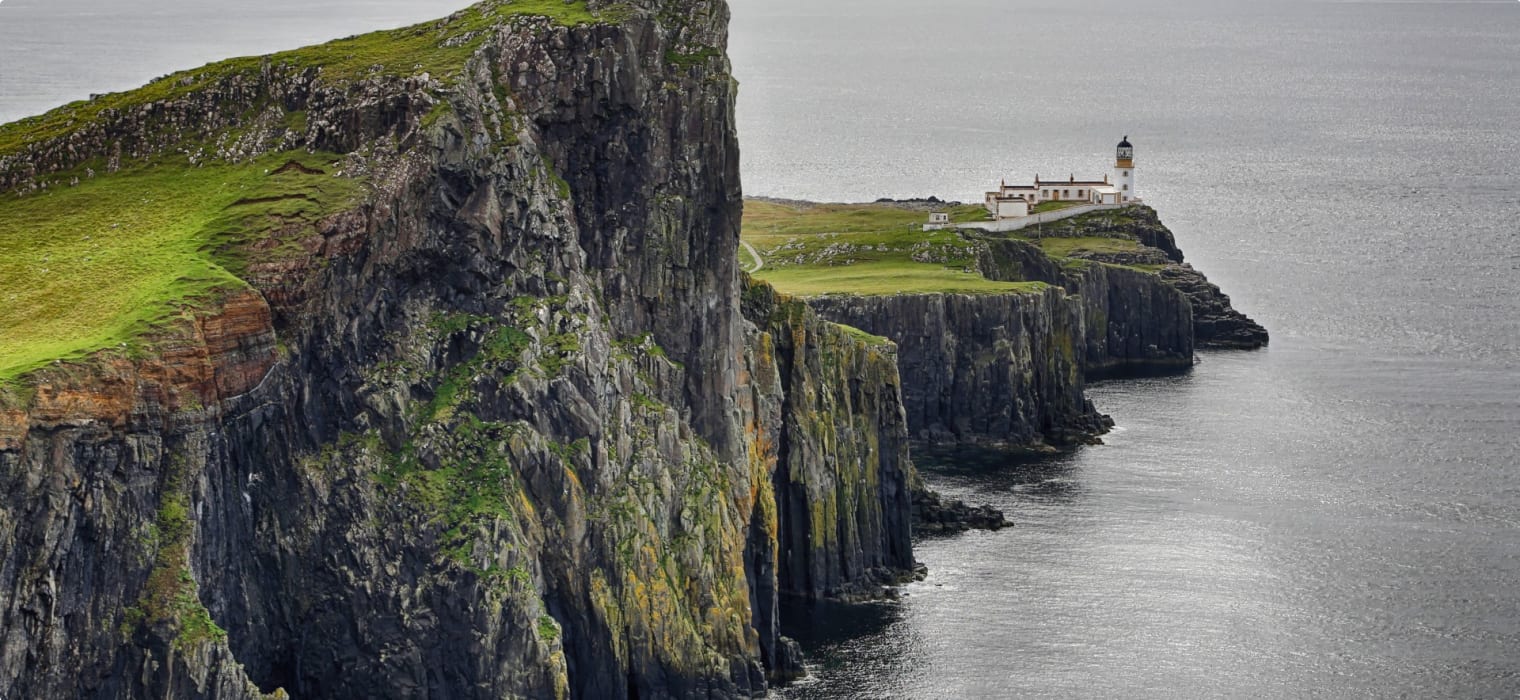
Stevenson Family Lighthouse Engineers
By Marco Stojanovik
The Scottish author Robert Louis Stevenson (RLS) might have been the most famous of the Stevensons – well known for works such as Treasure Island and Strange Case of Dr Jekyll and Mr Hyde – but he was not the most productive. Between roughly 1790 and 1940, six members of the Stevenson family planned, designed, and built over 150 lighthouses that can still be found along the Scottish coast today.
Robert Stevenson laid the ancestral foundations for the Stevenson family engineers. He began his career in partnership with his stepfather, the lighthouse engineer Thomas Smith, before going on to design and built several major lighthouses and other projects of his own. Robert then had three sons with his wife (and stepsister) Jean Smith – Alan, David, and Thomas – who all became lighthouse engineers in their own right, as did David’s sons Charles and David Alan.
All four generations of the Lighthouse Stevensons, as they’ve come to be known, were dedicated to the seemingly impossible task of lighting the dark and dangerous seas around Scotland. They were also responsible for a great deal of inventions in both construction and optics, and for an extraordinary series of developments in architecture, design, and mechanics. As well as lighthouses, they built harbours, roads, railways, docks, and canals all over Scotland and beyond. They, as much as anyone, are responsible for their country’s appearance today.
This article explores the life and achievements of first four of the Lighthouse Stevensons, with a particular focus on the four lighthouses most closely associated with these respective engineers. Much of the information is sourced from Bella Bathurst’s book The Lighthouse Stevensons, as well as other sources linked to throughout. It has been written as background reading for Odyssey Travellers Scotland’s West Coast small group tour, during which we visit several of the Stevensons’ lighthouses.
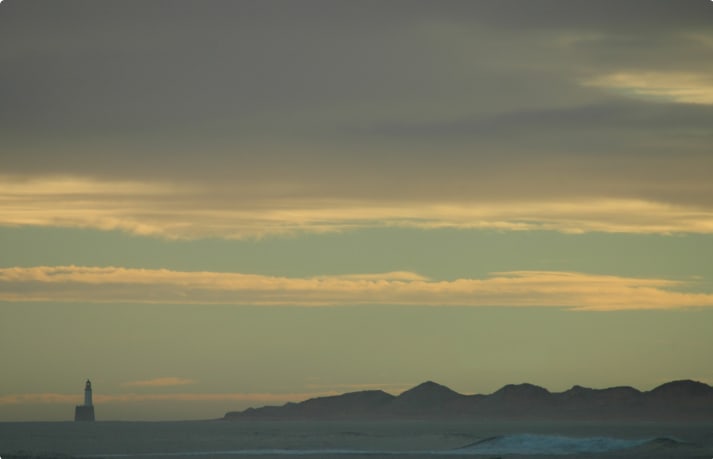
Robert Stevenson
The founder of the Stevenson dynasty of engineers, Robert, was born in Glasgow on 8 June 1772. His father Alan at this point was still a young man, barely twenty, and with his brother Hugh ran a trading company that dealt with goods from the West Indies. It was there that the two brothers caught an epidemic fever that ended up killing both of them, shortly after one another around the time of Robert’s birthday.
The consequences of Alan’s death were terrible for Jean Lillie. Still young, she was left a widow of a small child, short of money, and dependent on her mother for subsistence. Nevertheless, she showed a fierce loyalty to her only son. Unable to afford the fees for the esteemed High School of Edinburgh (now the Royal High School), she instead enrolled him at a charity school and kept aside a little money to pay for extra tuition in the classics. She intended for him to join the ministry, but his lack of Greek and hopeless at Latin thwarted her plans.
In 1787, when Robert was 15, Lillie Jean remarried. Robert’s new stepfather was Thomas Smith, a businessman, ironmonger, lamp maker, and early lighthouse engineer. Due to his prior experience in street lighting, and hiving perfected his own reflecting lamp, he had been appointed as Chief Engineer to the newly formed Northern Lighthouse Trust (now Northern Lighthouse Board) in 1786. In this position he was responsible for the design and construction of 13 lighthouses.
The marriage served Robert well. By then it was evident that he had both the talent and patience for mechanics and engineering. Then when Thomas took him on a guided tour of his ironworks, Robert was captivated by the craftsmanship and usefulness of the engineering profession.
Bathurst writes, “Engineering suited him, drawing out both his fondness for adventure and his talent for mathematical abstractions. It allowed him to be creative, and to contribute something of worth to posterity. Above all, it was a useful, manly sort of trade, requiring both solidity and self-confidence.”
Robert was keen to follow his stepfather’s example in ironmongery and lighthouses, and by 1790 he was taken on as an apprentice. Thomas introduced him to the Commissioners of the Lighthouse Board, allowed him to fit lenses or supervise building work, and encouraged him to develop his interest as warmly as possible. Working under Thomas, the two began replacing the flickering and unreliable fires in the lighthouses first with oil lamps and later with a system of fixed lights using either gas or oil.
Robert was so successful that he was given responsibility for supervising the construction of a lighthouse on the island of Little Cumbrae in the River Clyde when he was just 19 years old. Following this, he oversaw the building of lighthouses on Orkney.

In the meantime, he continued his studies in civil engineering, attending classes at Glasgow University in the winter when it was too chilly for construction work. He learnt under the supervision of Professor John Anderson, who was rare among eighteenth-century tutors for being as enthusiastic about the practical applications of engineering as he was about its theory. As such, his university classes were based as much on fieldwork as they were on black-board studies. In addition to Robert’s classes in mathematics, natural philosophy (physics), drawing, and mechanics, Robert also learned much of direct value to Thomas’s business.
In 1797 Robert was appointed engineer to the Lighthouse Board. Two years later he married his Thomas Smith’s eldest daughter Jean (who was also his stepsister) and in 1800 he was made a partner to Thomas’s firm. Robert enjoyed this partnership until his appointment as Sole Engineer to the Lighthouse Board in 1808, which he served as until 1842. During that time, he was responsible for the design and erection of at least 15 major lighthouses and oversaw later improvements to them. His major innovations included intermittent and flashing lights, his reflector design, and his use of Fresnel lenses.
Lighthouses were not Robert’s only preoccupation, however. He also served as an engineering consultant and was responsible for the construction of various projects in Scotland, including roads, bridges, canals, harbours, quarries, railways, tramways, aids to river navigation, and grand municipal statements. Significant examples include design and construction of the Hutchinson Bridge in Glasgow and the Regent Bridge in Edinburgh, improvements to the Tay navigation, and consultation on the Melville Monument in Edinburgh. Grandest of all his many projects though was his work in Edinburgh, responsible for the webbing of roads, bridges, and paths connecting the New Town to the Old.

Related Tours
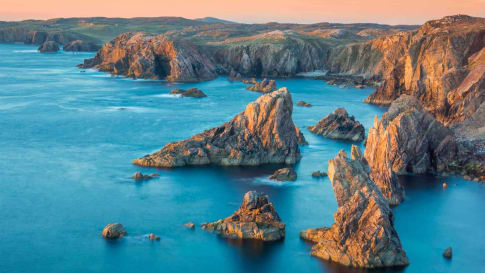
26 days
Sep, Apr, May, AugScotland's West Coast small group tour
Visiting Scotland
Explore the West of Scotland, join the gulf stream and visit and spend time with a small group educational tour for senior couples and mature solo travellers visiting with time to explore in depth, Skara Brae, Mull, Iona, Oban and Glasgow and the communities of the Atlantic.
From A$21,935 AUD
View Tour
5 days
Jun, JulEdinburgh City Tour
Visiting Scotland
A guided tour of the capital of Scotland, Edinburgh is a day tour collection with a tour leader and local guides. The old town of Edinburgh including the Royal mile and New town of Edinburgh are a UNSECO world heritage site and are included in our itineraries as well the Palace of Holyroodhouse.
From A$4,580 AUD
View Tour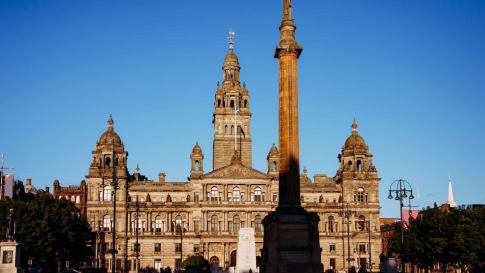
From A$13,915 AUD
View Tour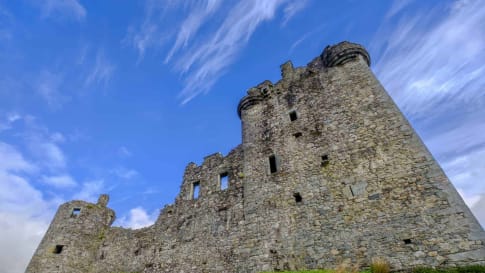
22 days
Jul, Sep, Jun, AugScotland small group tour | Tracing 5,000 years of history
Visiting Scotland
This guided tour of Scotland with a tour leader and local guides includes the isle of Skye, Orkney islands, the Scottish highlands with breathtaking scenery. Edinburgh including the royal mile, Palace of Holyroodhouse, Fort William, Urquhart castle, Stirling castle, loch lomond, Hadrians wall and New Lanark also a UNESCO World heritage site.
From A$15,995 AUD
View Tour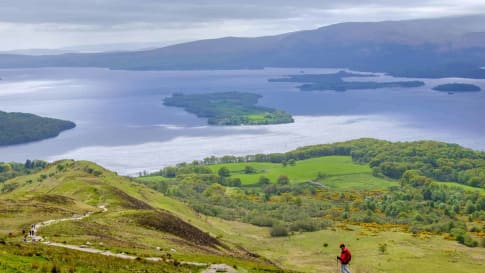
13 days
Jun, Aug, MayScotland's Great Trails Walking Tour
Visiting Scotland
An escorted walking tour of Scotland. This trip is mainly in the Scottish Highlands. Your tour leader guides you to Stirling Castle, Loch Lomond and Craignorms National park with experienced local guides. The tour for mature couples and solo travellers finishes in Edinburgh with time to visit Edinburgh Castle and the Royal mile a UNESCO World heritage site.
From A$11,560 AUD
View Tour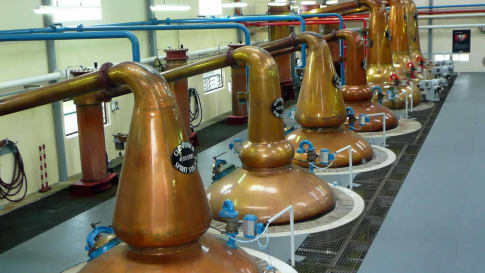
19 days
JulWhisky and Other Scottish Wonders
Visiting Scotland
A guided small group tour of Scotland is a day tour collection that includes Edinburgh, the royal mile, Edinburgh castle, and the old town a UNESCO World heritage site Experience and learn about, Kellie castle, St Andrews, Skye, Balmoral castle, Loch Lomond and Loch Ness as well touring the Scottish highlands to finish in Glasgow.
From A$17,525 AUD
View Tour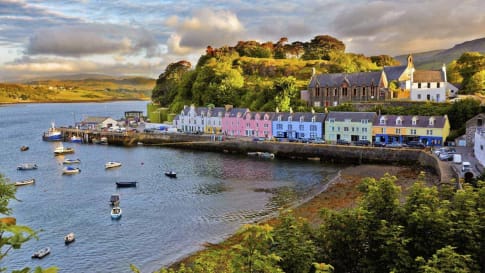
20 days
Jul, Sep, May, AugScottish Islands and Shetland small group tours for seniors
Visiting Scotland
An escorted small group tour for couples and solo travellers of the Scottish isles including the isle of Skye draws on local guides to share their knowledge of the destinations in this unique part of Scotland. UNESCO world heritage site are visited as breathtaking scenery and authentic experiences are shared in a group of like minded people on this guided tour of remote Scotland.
From A$16,695 AUD
View Tour
22 days
Apr, AugSeven Ages of Britain, snapshots of Britain through the ages.
Visiting England, Scotland
This guided small group tour starts in Scotland and finishes in England. On Orkney we have a day tour to the UNESCO World heritage site, Skara Brae, before travelling to city of York. Your tour leader continues to share the history from the Neolithic to the Victorian era. The tour concludes in the capital city, London.
From A$15,995 AUD
View TourBell Rock
Robert Stevenson is best known for his work constructing the Bell Rock lighthouse between 1807 and 1811, still standing today. This was a considerable feat of engineering, built onto a vicious granite tidal reef, far from land off the coast of Arbroath. This created numerous practical difficulties, with hazardous, limiting, and difficult working conditions. The construction period was therefore a long one, as Robert and his staff played a nervous game of waiting with the sea and the weather.
The lighthouse’s design was based on those of English lighthouses. Robert had made several trips to England in the years prior and was intrigued by the altogether different principles used in their design and construction. The main variations were in materials; the English used timber and metal more than stone and most lights used copper reflectors rather than mirrored ones.
The most famous of all English lighthouses, and the one which most interested Robert, was the Eddystone Lighthouse. It was the first light to be built offshore in Britain, and had a history of multiple constructions, finally perfected by John Smeaton in 1759. He had built the whole structure from stone to ensure that it was heavy enough to resist the worst of storms. Instead of making the tower conical, he designed a tapering base to give it the greatest possible solidity on the rock and the maximum buttressing above.
Bathurst writes that the Eddystone Lighthouse “proved that lighthouses, could be built in apparently impossible conditions, could be constructed to be both tough and flexible, and could withstand the sea for hundreds of years.”
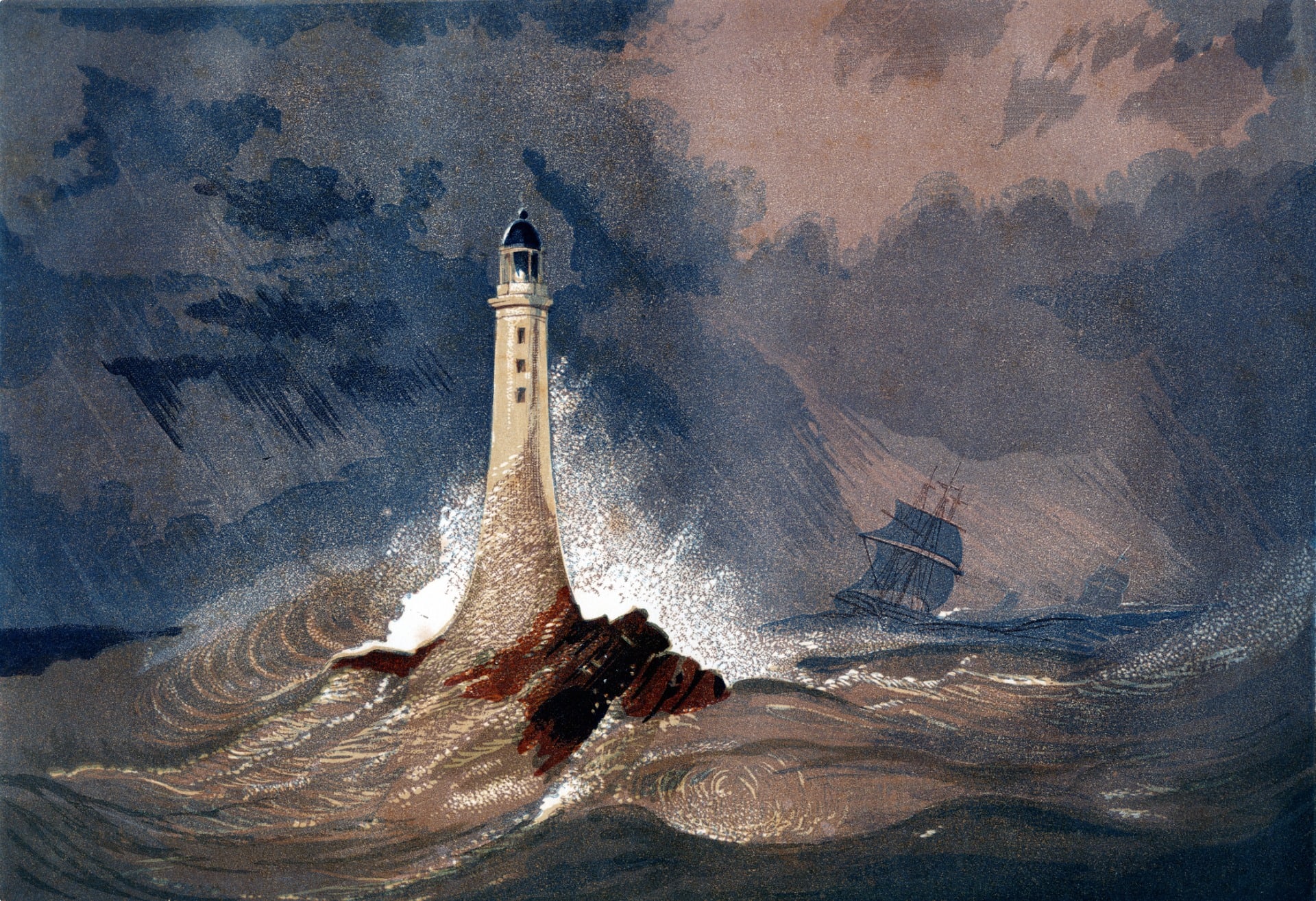
It only needed an inspired designer to bring the Eddystone’s example to perfection. Robert, quietly at first and then with gathering conviction, knew he was that man. He would make several improvements on the design in constructing the Bell Rock Lighthouse. For one, it had a more gradual slope to help cope with the violent conditions of the North Sea. Plus, it was the first lighthouse to use red and white flashing lights.
The tower is 115 feet in height, 42 in diameter at the base, tapering to 15 feet in diameter at the top. Its foundations, 31 feet of solid, dovetailed granite, give the tower both its flexibility and its strength. The sea can claw as much as it like at the foundations but cannot penetrate the curved stone. Constructed to such a high standard, there has been no need to replace the masonry work on which the lighthouse rests in the 200 years since.
The chief engineer of the build, John Rennie, and the foreman, Francis Watt, were also key contributors to the design and construction of Bell Rock. After the completion of the lighthouse, there was contention specially between Rennie and Stevenson over who should get more credit. In the end, the Northern Lighthouse Board gave full credit to Stevenson, as have historians since then.
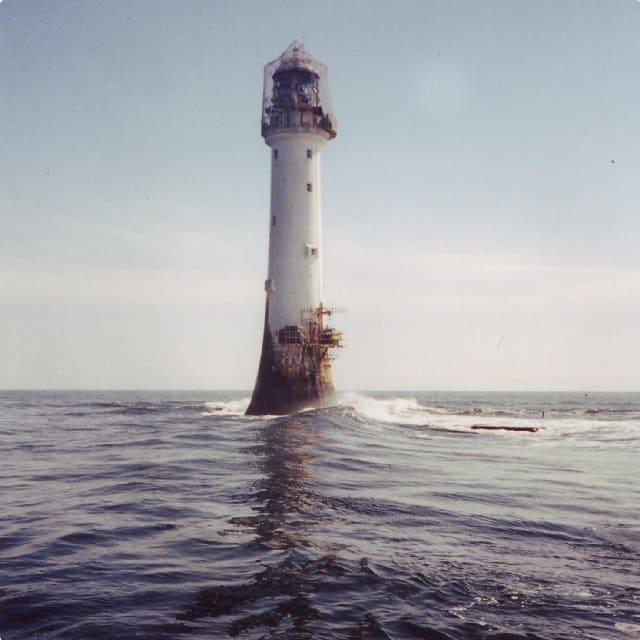
Alan Stevenson
Alan Stevenson, Robert’s eldest son born in 1807, was a classical scholar, musical, and highly gifted. Nevertheless, he grew up aware that the weight of Robert’s ambition rested on him. For years, he remained torn between following his talent for literature and his inevitable destiny as an engineer. Eventually, after completing his Master of Arts at the University of Edinburgh, he decided to suppress his artistic side and go into the civil engineering, taking on a four-year apprenticeship at his father’s business.
Robert’s plans for educating all his sons followed the same formula as his own apprenticeship with Thomas. Summers would be spent learning practical engineering at various sites around the country, while winters were spent picking over theory both at home and at further university classes. Much of Alan’s time was passed in Robert’s office, copying reports, transcribing letters, writing out invoices or checking specification.
Alan also spent a great deal of time outside Edinburgh, inspecting the lights and learning the various disciplines of civil and marine engineering. Bridges, harbours, drainage, breakwaters, roads, and railways each had to be individually studied.
Finally, in 1830, after serving as an apprentice for Robert for seven years, before the Commissioners of Northern Lighthouses appointed Alan their Clerk of Works. Then in 1833, he also went into partnership with equal weighting with his father in the family business. Two years later, by the time he was 28 years old, he had already designed and built seven lighthouses under Robert’s supervision and had recently undertaken a complete review of all lens designs in the Scottish lights.
For the most part though, he was actively engaged in general engineering, especially in connection with marine works, such as piers, harbours, and river and estuarial improvements. From 1843, however, his practice was entirely dedicated to lighthouse engineering, succeeding his father as Engineer in Chief to the Northern Lighthouse Board, which he held until 1853. During this time, he built 13 lighthouses in and around Scotland. Many important improvements were also made in the lighthouse apparatus used in Scotland under his advice and management, including the introduction of the dioptric light system.
Skerryvore
Alan’s greatest professional triumph was the construction of the Skerryvore lighthouse on a ragged clump of rocks twelve miles west of the nearest land, the island Tiree in the Inner Hebrides.
Skerryvore, with its fissured rock, its exposure to the force of the Atlantic, and its series of creeks and snags, made the Bell Rock seem easy. Waves pounding the reef could exert up to 6,083 lbs of liquid pressure, a force of nearly three tons per square foot. On the Bell Rock, by comparison, the highest measurement had been 3,013 lbs of pressure, around one and a half tons. If the equation was extended to the full height of the tower, it had to be capable of withstanding a force of several thousand tons.
Alan, therefore, had to find the best method of constructing a tower whose shape and weight resisted the sea in the most efficient way possible. His first step was to ensure that the centre of gravity was as low as possible; his second was to distribute the weight of the stones to optimum effect, and his third was to build high enough to give the waves least chance of leverage.
With all of this in mind, he designed and constructed a tower 138 feet high and weighing 58,580 tons, with nothing that the sea can get a grip on but a narrow cornice at the base of the lantern. The Bell Rock, by comparison, was 100 feet high, and 28,530 tons in weight; the Eddystone 68 feet and 13,343 tons.
Out of four possible formulas for the shape of the tower, he chose a hyperbolic curve because it pleased his eye. At the base of the tower, the diameter is 12.8 metres gradually decreasing to 4.8 metres at the top, with walls 9 ft thick gradually diminishing to 2 ft. When finally completed, it had taken seven years, £90,268, 150 workmen, and the best part of Alan’s working life.
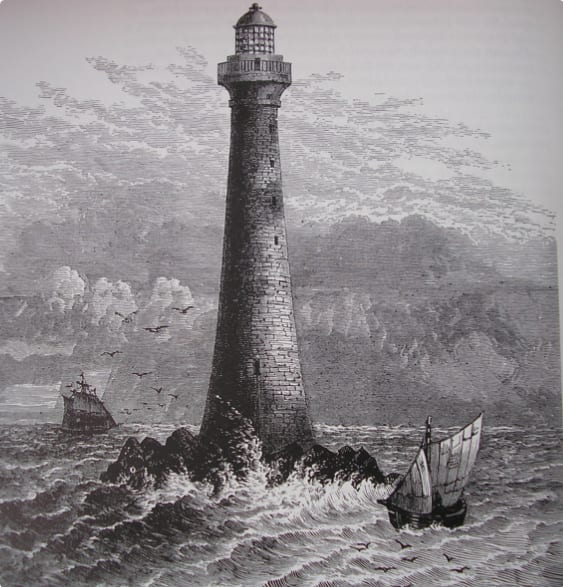
David & Thomas Stevenson
Two of Robert’s other sons, David (1815-86) and Thomas (1818-87), also followed to be part of the Lighthouse Stevenson dynasty.
David Stevenson enthusiastically agreed to be an engineer upon finishing his school at age 16, having never considered any other profession. He too was therefore despatched to Edinburgh University to take the usual studies of chemistry, mathematics, natural philosophy, architectural drawing, and natural history. By 1832, he had already begun work on some of Robert’s more prestigious projects, including the new bridge in Stirling and Robert’s grand span of the Clyde, the Hutcheson Bridge.
In 1838 David entered into partnership with his father and brother Alan, and soon became a recognised authority in reference to the improvement of rivers and estuaries, harbours, the construction of docks, and other marine works. He eventually turned his focus solely to lighthouses, taking up the position of Chief Engineer to the Northern Lighthouse Board upon Alan’s retirement in 1853.
In this position, between 1854 and 1880, he would design many lighthouses. His greatest achievement was he construction of the lighthouse at Muckle Flugga, the most northerly of all the Scottish lighthouses. Constructed as a temporary light to aid British naval convoys on their way to the Crimea, it was placed on the summit of a wave-washed miniature Matterhorn. Westminster insisted that the light should be working within six months; David’s exceptional skill as an engineer ensured that, even with winter seas crashing 200 feet over the rock, it was finished in time.

The majority of the lighthouses David built were in collaboration with his brother Thomas. As the youngest of the family, Thomas Stevenson did not have to bear the full weight of his father Robert’s expectations and had been allowed much greater freedom to develop as he pleased. Nevertheless, out of school he was unenthusiastic about settling into any profession. After having exhausted all possible idle options, he eventually asked his father for an apprenticeship and was accepted.
During his career that followed, he was responsible for the construction of twenty-seven onshore and twenty-five offshore lighthouses. He is most remembered for building the lighthouse at Dhub Artach, an isolated mass of rock off the coast of Mull. He is also remembered for taking optical developments several stages further, harnessing the strange new science of electricity, and building a series of revolving lights in a bright and sturdy circuit which finally enclosed the whole of Scotland
For much of the time, he was working in conjunction with David. The two brothers complemented each other well; David tended towards details, Thomas towards inventiveness. Both were also preoccupied with more prosaic matters, including the establishment of precise and reliable systems for constructing, surveying, lighting, supplying, and staffing their fast-growing constellation of lights.
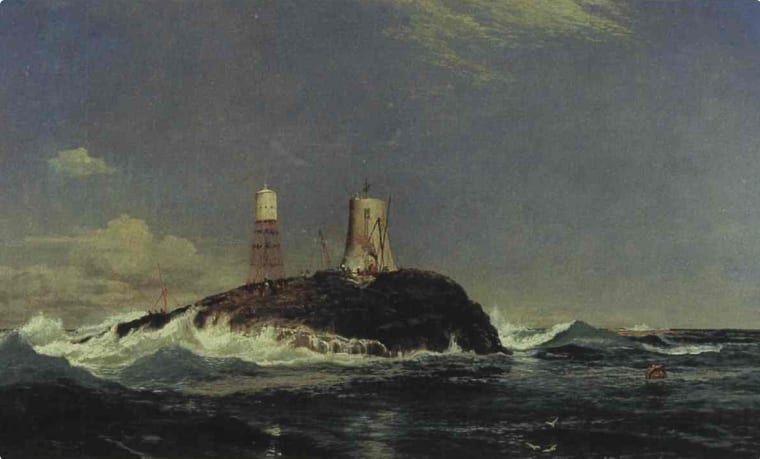
The End of the Lighthouse Stevenson Dynasty
David had two sons, David Alan and Charles, who continued the Lighthouse Stevenson dynasty. Both are mainly now known for their refinements to the existing systems and their shrewd maintenance of the Northern Lighthouse Board. From the late nineteenth century until the late 1930s, they designed numerous lighthouses.
Despite Thomas Stevenson’s wishes, his son – Robert Louis Stevenson – did not continue the dynasty. Although he did train as an engineer, he always knew he wanted to be a writer. Thankfully for his contributions to the literary canon, he pursued his dreams, becoming well-known worldwide for such works as Treasure Island and The Strange Case of Dr Jekyll and Mr Hyde.
The last of the Lighthouse Stevensons, D. Alan Stevenson, died in 1971, two centuries, four generations, and 97 lighthouses after Robert first joined Thomas Smith.
Bathurst writes, “The Stevensons’ achievements in engineering, science and optics have lasted far beyond their lifespan. Anyone who has ever travelled the coast of Scotland has probably had cause to thank them. Their lights, built into the rocks of the most inhospitable land in Britain, have gone on shining for almost two centuries.”
Tour of Scotland’s Lighthouses
Odyssey Traveller visits several of Scotland’s famous lighthouses, designed and built by the Stevenson dynasty, during our Scotland’s West Coast small group tour.
This twenty six day small group tour of Scotland’s West Coast is for the senior couple or mature solo traveller who wants to really explore the beauty of Scotland’s magnificent landscape, particularly in the Highlands and Islands. Our fully escorted tour takes us from the historic Orkney Islands in the north, all the way down to the Mull of Galloway in the far south of the country. On the way we visit the Outer Hebrides, Skye and the Island of Mull. We drive through atmospheric Glencoe, travel around mysterious Loch Ness, and take the famous rail journey between Fort Willian and Mallaig. There will be time to stop to admire lochs and glens, seals, sea eagles and highland cows, historic castles, and of course lighthouses (including the Cape Wrath lighthouse and Mull of Galloway lighthouse, both designed and built by Robert Stevenson in the late 1820s).
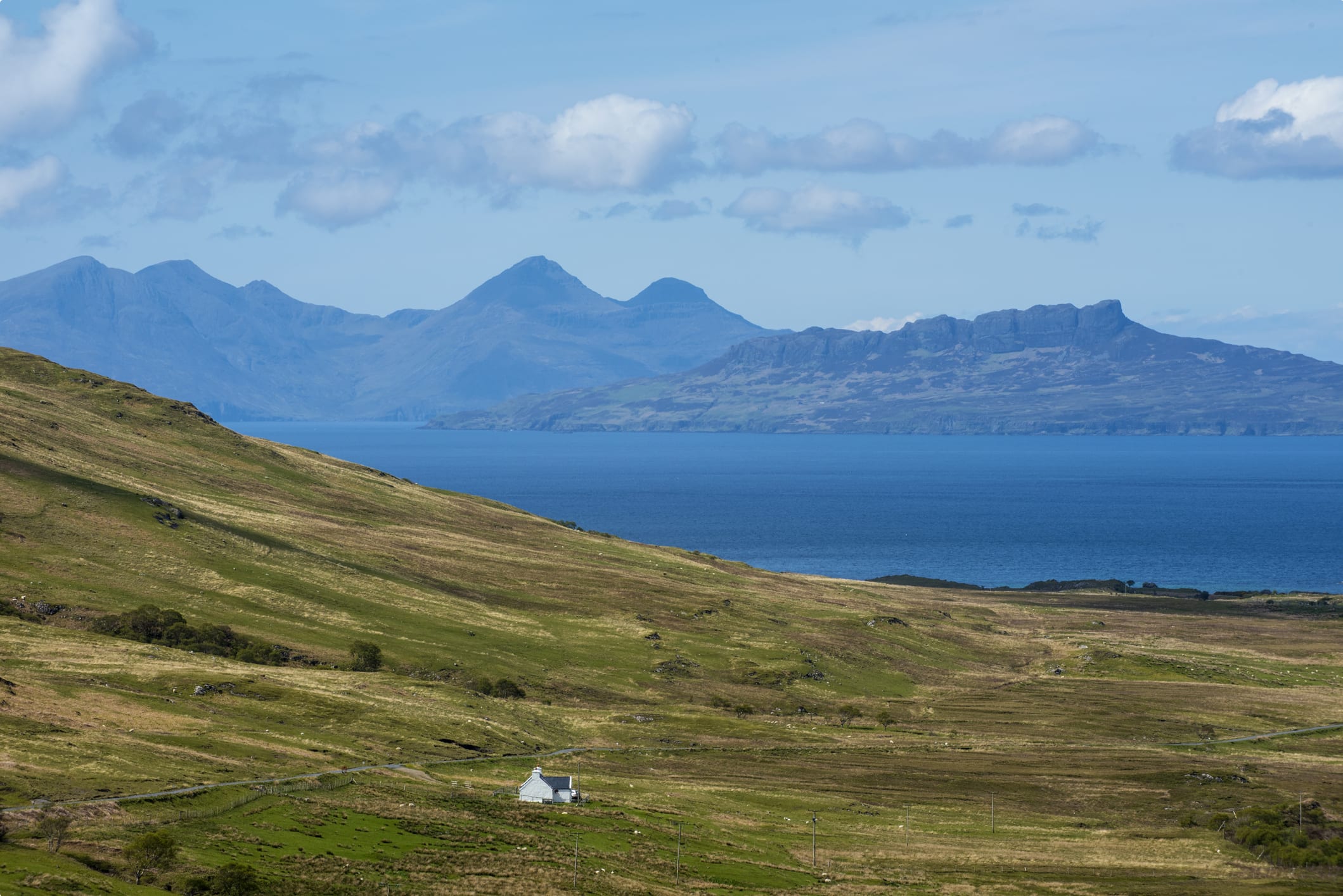
Odyssey Traveller has been serving global travellers since 1983 with educational tours of the history, culture, and architecture of our destinations designed for mature and senior travellers. We specialise in offering small group tours partnering with a local tour guide at each destination to provide a relaxed and comfortable pace and atmosphere that sets us apart from larger tour groups. Tours consist of small groups of between 6 and 12 people and are cost inclusive of all entrances, tipping and majority of meals. For more information, click here, and head to this page to make a booking.
Articles about Scotland published by Odyssey Traveller
The following list of articles published by odyssey Traveller for mature aged and senior travellers to maximise their knowledge and enjoyment of Scotland when visiting:
- Birth of Scotland
- Questions about Scotland
- Peat & Scotland
- Shetland Islands Discovered
- Questions about the Outer Hebrides
- Visiting Scotland
- Scotland & Scotch Whisky
- Visiting Edinburgh places to consider visiting
- Country Spotlight; Scotland
- Nelson Mandela Place; a Glasgow story
- Glasgow’s Architectural heritage
- Stone circles
For all the articles Odyssey Traveller has published for mature aged and senior travellers, click through on this link.
External articles to assist you on your visit to Scotland
Related Articles

10 great books to read on the Scottish Isles
Why read books about the Scottish Isles before travelling there? This is recommended list of books for mature & senior travellers planning to travel to the Scottish Isles either as part of an Odyssey Tour…
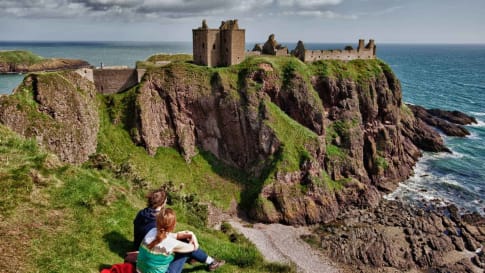
Aberdeen, Scotland
Aberdeen, article to assist senior couples and mature solo travellers learning about Scotland, its history and the islands of Skye and Orkney or the Whisky on a small group tour.
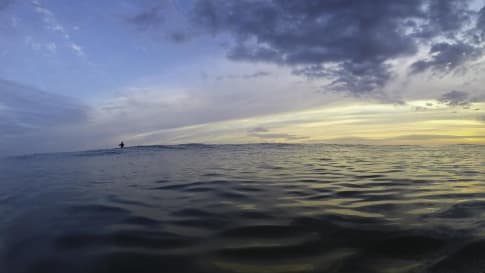
Atlantic Ocean and How it Shaped Ancient Communities In Europe
Article of interest for senior couples and mature solo travellers joining a small group European tour to Faroe Islands, Scottish Isles, Morocco or Portugal. Focus is on the early exploration of the Atlantic.
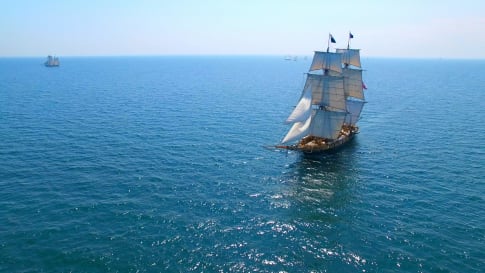
Atlantic Packet Ships
Setting sail no matter what the condition, the Black Ball Line packet ships quickly became popular to businessmen and passengers alike, valued for their predictability. Other companies soon caught on to the revolutionary business venture, with scores of competing North Atlantic lines springing up in no time on the ports of New York.
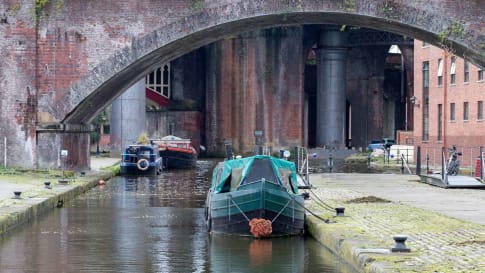
Britain: First Industrial Nation
Britain: The First Industrial Nation In the mid-18th century, the Industrial Revolution was largely confined to Britain. Historians and economists continue to debate what it was that sparked the urbanisation and industrialisation that would change…

Country Spotlight: Scotland
Article sets the platform for small group tours learning about Scotland and the Scottish isles for senior couples and solo travellers.
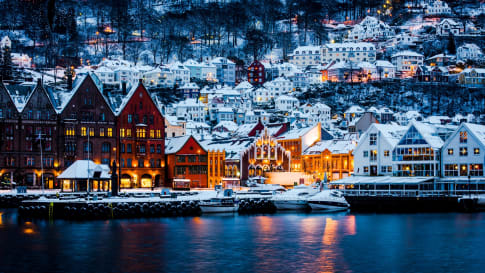
Hanseatic League
An Article on the early trading of Germany and the Baltic states by an Antipodean travel company serving World Travellers since 1983 with small group educational tours for senior couples and mature solo travellers who are curious.
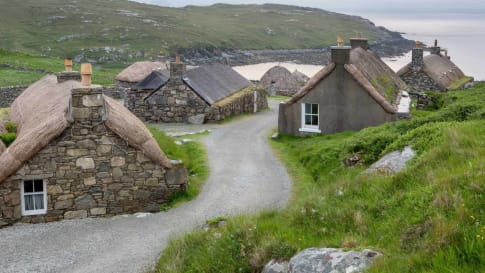
Islands of the Outer Hebrides: The Definitive Guide for Travellers
Scotland's Outer Hebrides are discussed in this article to assist the mature solo and couple in planning to visit Scotland and the British isles on a small group tour.
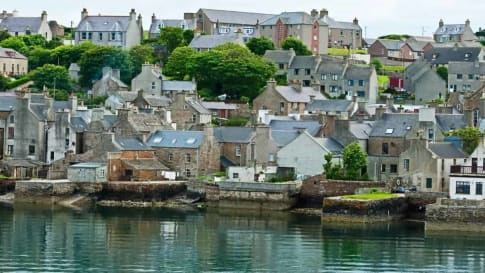
Orkney Islands, Scotland
Explore the Orkney and other isles of Scotland on a small group tour for senior couples or solo travellers interested in Scottish history. Learn about Skara Brae and prehistoric Britain as well as the importance of Peat and Whisky.
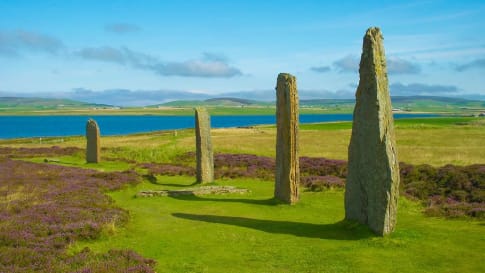
The Scottish Isles
The islands of Scotland are historically rich from Skara Brae to Isle of Skye and the inner and outer Hebrides. Learn more on a small group tour for seniors for couples and solo travellers about the Scottish isles.


